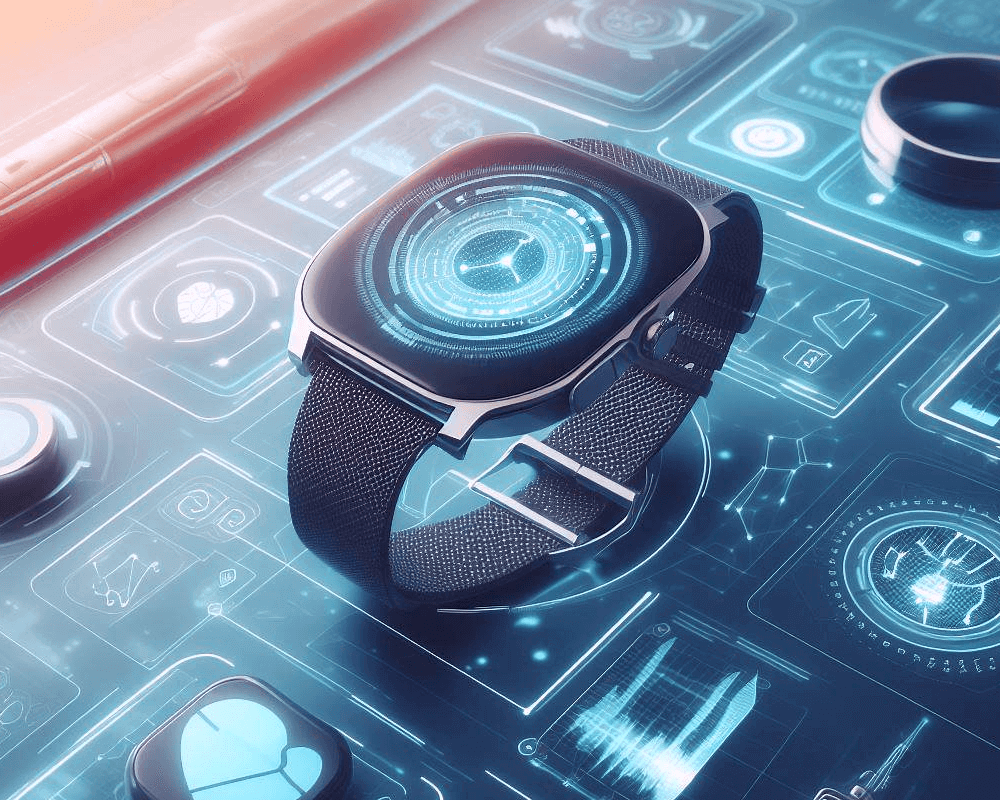In this whitepaper, we will discuss various uses of wearables in healthcare, their impact on remote patient monitoring, care transition, and clinical trials, as well as recent innovations in this field along with the role of artificial intelligence (AI) and machine learning (ML) in wearables and how analytics with wearables can improve patient care.
Wearable technology has emerged as a game-changer in the healthcare industry, revolutionizing patient care and clinical research. These innovative devices, ranging from smartwatches to fitness trackers, have the potential to transform the way we monitor and manage our health. Wearables are typically equipped with sensors that can track a variety of data, such as heart rate, activity levels, sleep quality, location, etc. This data can then be used to monitor health and fitness, improve productivity, and stay connected with others. The smart wearable user market in the USA is projected to grow 25.5% YoY in 2023 from 23.3% YoY growth in 2021. (Insider Intelligence). 63% of people in the US are wearable device owners who use fitness trackers and smartwatches. (Quantilope).
Moreover, Wearable devices also can make the most of health information by integrating directly with Electronic Health Records (EHRs) and Health Information Exchanges (HIE). This integration takes healthcare interoperability up a few notches, ensuring that collaboration between health systems employs a more complete and accurate patient health profile.



